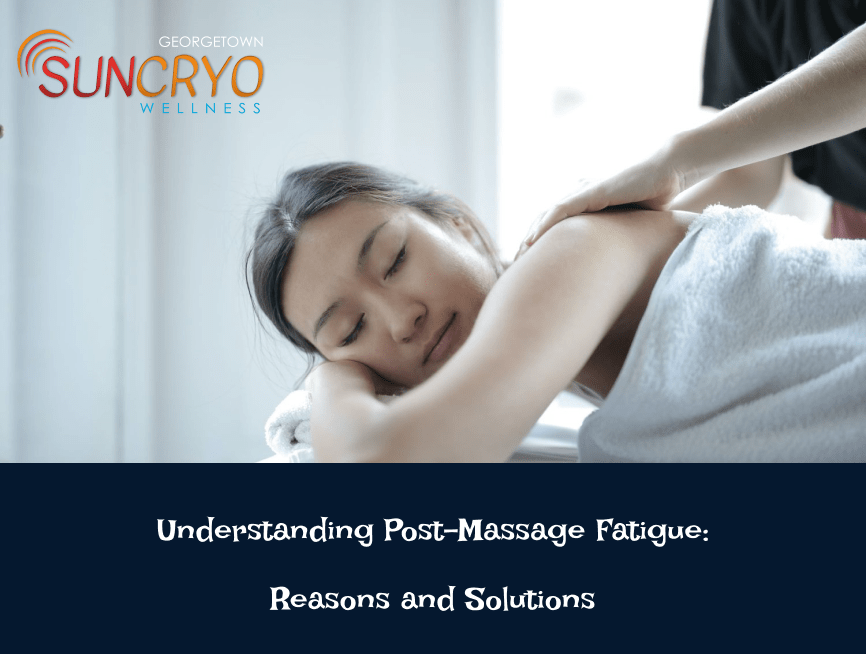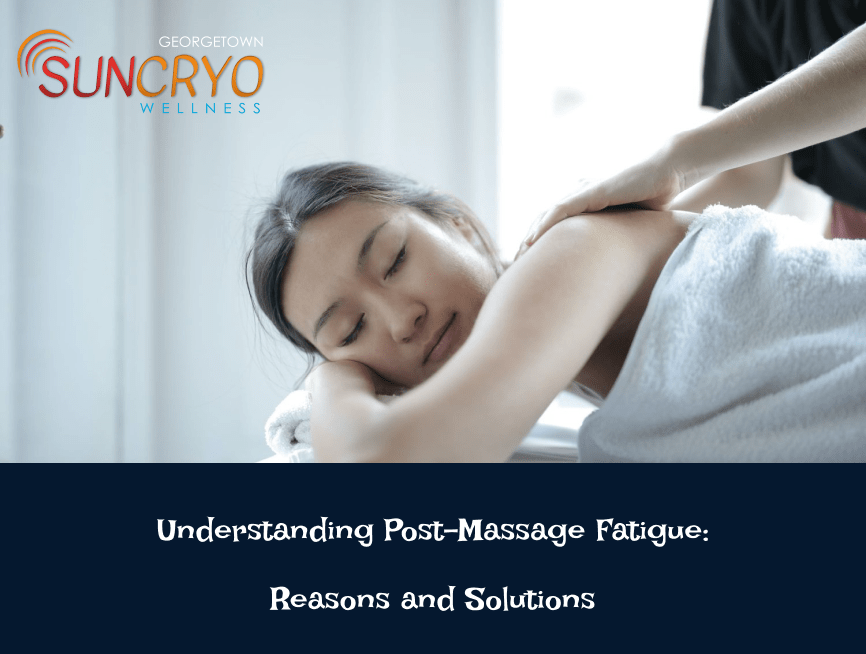Post-Massage Fatigue

Post-massage fatigue, a perplexing phenomenon, often leaves individuals feeling unexpectedly tired after what should be a revitalizing massage session. At times, this fatigue can seem counterintuitive, leaving one wondering why they feel drained rather than rejuvenated after a relaxing massage. In this comprehensive guide, we delve into the various reasons behind post-massage tiredness and explore effective solutions to counteract this issue.
Physiological Factors
Increased Circulation and Relaxation Response
Massage therapy stimulates blood flow and relaxes muscles, triggering the body’s parasympathetic nervous system, commonly known as the relaxation response. This response lowers blood pressure, heart rate, and stress hormone levels, inducing a state of deep relaxation. However, this relaxation can also prompt the body to transition into a rest-and-recovery mode, potentially leading to feelings of fatigue.
Release of Toxins
The manipulation of soft tissues during a massage facilitates the release of toxins stored in muscle fibers. While this detoxification process is beneficial for long-term health, the initial release of toxins can temporarily impact energy levels, contributing to feelings of tiredness post-massage.
Psychological Factors
Emotional Release and Rebalancing
Massage therapy often catalyzes emotional release. As tension is released from the body, it can also trigger the release of pent-up emotions, leading to temporary feelings of exhaustion as the body recalibrates and rebalances itself emotionally.
Strategies to Alleviate Post-Massage Fatigue
Hydration and Rest
Ensuring adequate hydration post-massage is crucial to assist the body in flushing out released toxins. Additionally, allowing oneself time for rest after a massage session enables the body to recover and re-energize effectively.
Gentle Physical Activity
Engaging in light physical activities, such as a leisurely walk or gentle stretching, can aid in preventing post-massage fatigue. These activities encourage blood circulation without exerting excessive strain on muscles.
Proper Communication with the Massage Therapist
Clear communication with the massage therapist about the desired intensity of the session can help mitigate post-massage fatigue. Adjusting the pressure or duration of the massage to suit individual comfort levels can significantly impact post-massage energy levels.
Conclusion
Understanding the underlying reasons behind post-massage fatigue empowers individuals to take proactive measures to mitigate its effects. By implementing strategies such as adequate hydration, rest, gentle activity, and open communication with massage therapists, individuals can optimize their post-massage experience, ensuring a revitalizing and energizing effect rather than feeling drained.
This comprehensive guide serves as a valuable resource for those seeking to comprehend and address post-massage fatigue, enabling them to achieve a more satisfying and rejuvenating massage experience.
